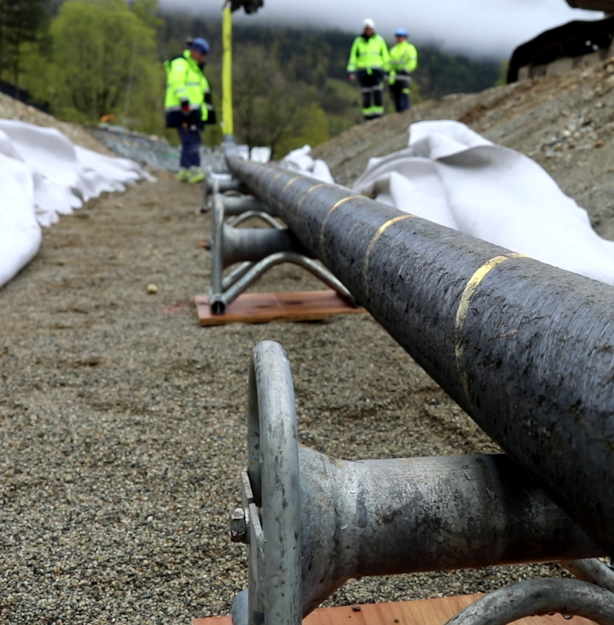From 9 am CET today, electricity will be transferred via the North Sea Link interconnector, which runs between Suldal municipality in Norway to Blyth in Northumberland, England. A three-month trial period is now starting on the 720 km long interconnector.
- This is an important milestone. The world's longest subsea electrical interconnector is starting trial operation and connects the British and Norwegian power systems directly for the first time, says CEO Hilde Tonne in Statnett.
- This interconnector will facilitate more renewable production in both countries. Connections between countries and areas are a prerequisite for the energy transition in Europe and improves security of supply. It ensures access to power even when there is little water in the reservoirs or when the wind does not blow, Tonne continues.
Two new cables in one year
This is the second subsea interconnector Statnett will start with transmission of power in less than a year. The NordLink cable between Norway and Germany went online this winter.
- If we are to achieve the green change of pace with increasing electrification and an increasing need for renewable energy, we will have to cooperate across national borders and take advantage of differences between our various power systems. This is the only way we can achieve a zero-emissions society based on renewable energy resources. Exchange of electricity is profitable for Norway and we have been connected with the countries around us since the 1960s, says Tonne.
North Sea Link is built for a capacity of 1,400 MW. It begins trial operation with a capacity of up to 700 MW and will be gradually phased in throughout the trial period.
- It is important that the trial operation takes place in a way that safeguards the operation of the Norwegian power system. During the trial period, we get to test the interconnector in close to normal operational conditions, as well as the market solution when the two markets are connected for the first time, says Tonne.
Interconnectors will probably on average contribute to a somewhat higher electricity price for Norway, but they also give access to more power that will improve security of supply, and in some cases curb peak prices. The price for electricity in Norway will on average continue to be lower than the price in other European countries in the years to come. At the same time, revenues from trading over the interconnector will cover investments in the Norwegian grid that would otherwise have been financed by Norwegian consumers over the grid tariffs.

